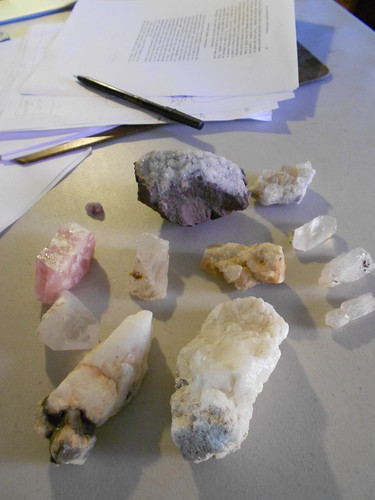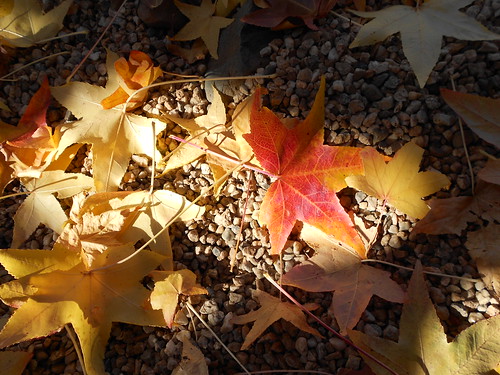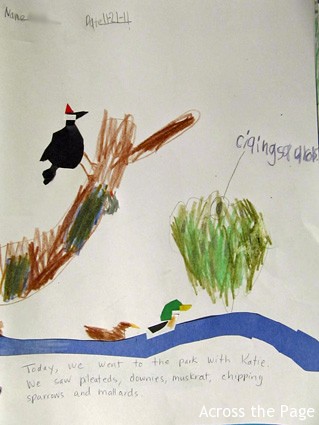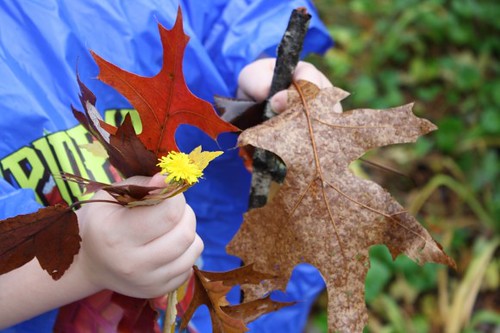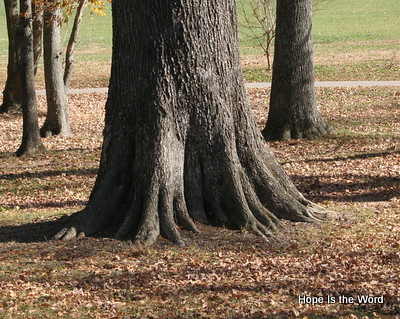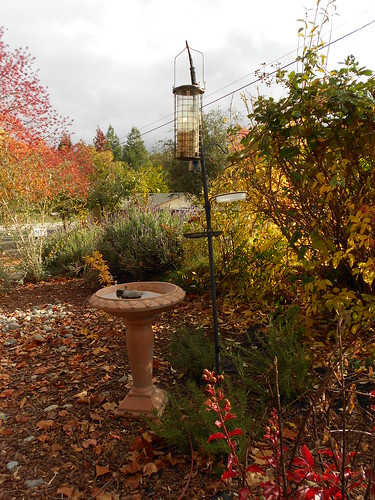
Our front yard feeder has been busy, busy, busy the last few weeks. The colder nights and mornings seem to draw the birds out to our feeders and it is a joy to watch each day from our front window. I joined Project Feederwatch this year for the very first time and I am thoroughly enjoying counting birds two days a week...just a few minutes a day.
We have had some wonderful bird visitors to enjoy and it makes me happy to see them spending time in our yard plantings and feeders.
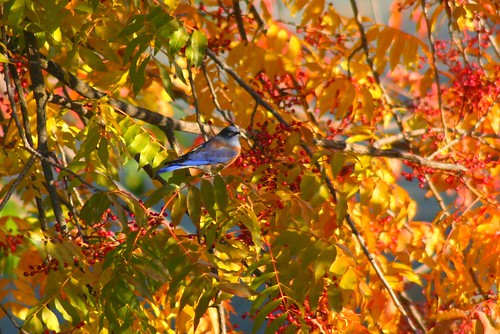
Here is our beautiful Western bluebird in the Pistache tree. We don't see these regularly so it is a treat when they flock into the trees to snack and then sun themselves.
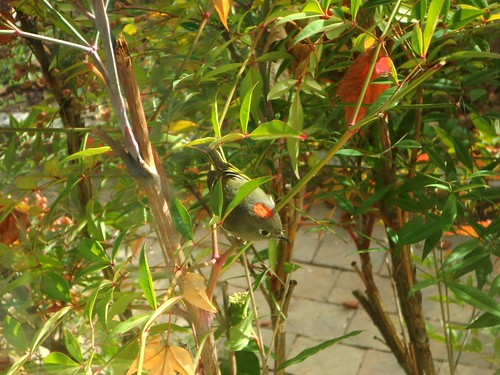
Our most exciting new friend is the Ruby-crowned kinglet. We have nicknamed him Rudy the Ruby. He looks much like a little goldfinch but there is a bright orange patch on the top of his head...the feathers sort of ruffle up to show the color. These images are taken through our living room window when Rudy was sitting in the bushes looking into the house right at me. He came four days in a row and landed on the same branch....I loved being able to get a really good look at him up close. Thanks Rudy.
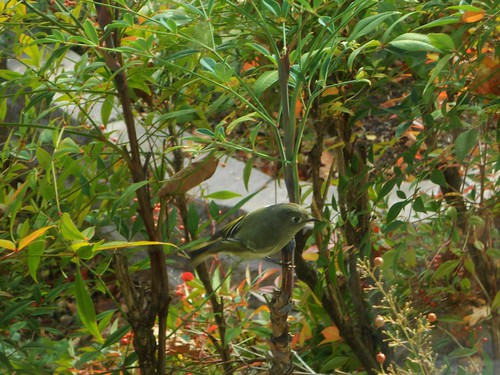
Here he is with his feathers down. Interesting huh?
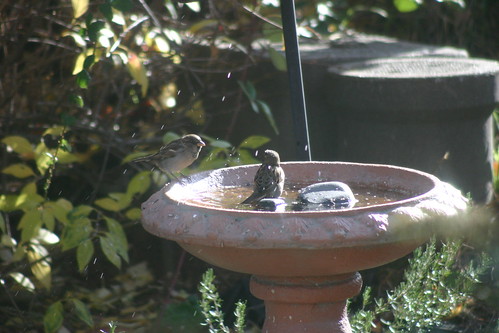
This is the first year we placed a birdbath in the frontyard and I am always amazed at how many birds each day come to bathe and drink from this water source. I highly recommend putting out a birdbath to attract bird visitors. We found that if we put a few rocks in the middle of the birdbath, making the water a little more shallow, more birds actually bathe. Don't they look like they are having fun?
Now for our November Bird List:
Yard and Feeders
- California Towhee
- American Robin
- Western scrub jay
- House sparrows
- House finches - really pink right now
- Lesser goldfinches
- Anna's hummingbird - still several birds that come everyday to the feeder
- White-breasted nuthatch
- Spotted towhee
- Oak titmouse
- Dark-eyed juncos
- White-crowned sparrows
- European starlings
- Western bluebirds
- Great horned owl - hooting 5 AM
- Mourning doves - sweet pair
- Ruby-crowned kinglet - new to our life list!
Travels around town and to the Sierra
- American Crow
- Canada geese
- Brewer's blackbirds
- Steller's jay
- Pigeons
- Turkey vulture
- Snowy egret - flying
- Red-tail hawk
- California quail
- Bald eagle!
- Mallards
- White-headed woodpecker
- California gulls
- Osprey
- Common raven
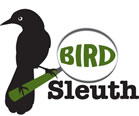
There is a wealth of birding information on the internet but I have not found a more homeschool-friendly site than the ones sponsored by Cornell University. I would love to encourage you all to subscribe to their homeschool blog (click the logo above to pop over there now).
You can also follow them on Facebook .
You can download their FREE Homeschool Guide to Project Feederwatch.
Of course, my favorite resource is their AllAboutBirds website which is a great tool for identifying and learning more about birds in your own neighborhood.
We also are submitting this post to Heather's Tweet and See link-up.

























